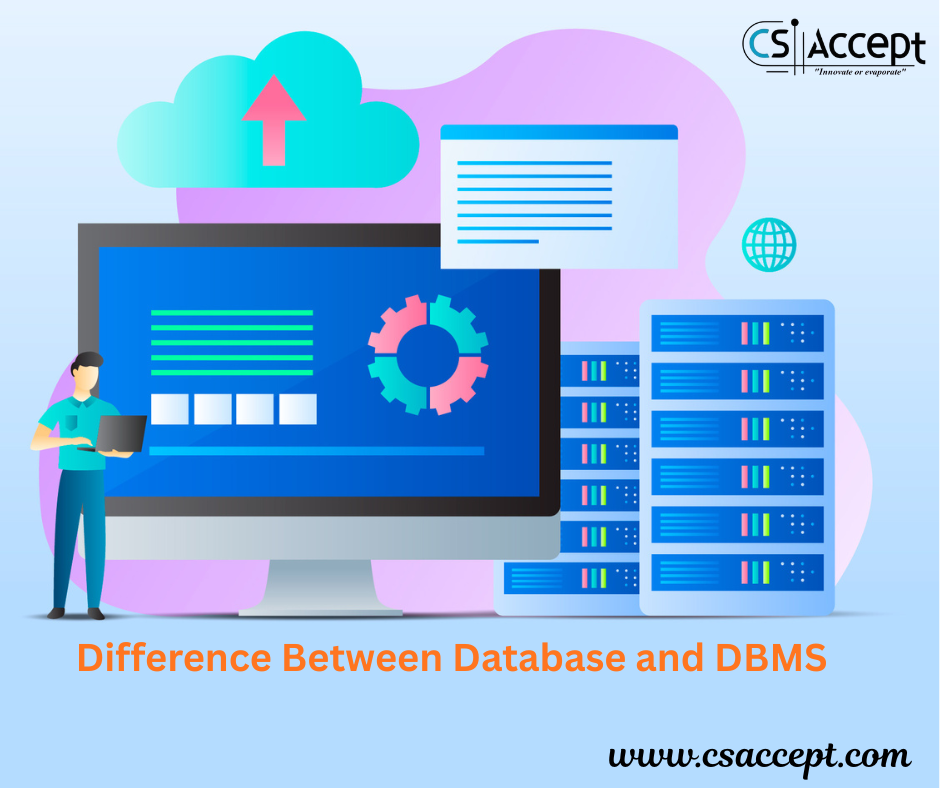What is Synchronous? || Write the full details of Synchronous with example
What is Synchronous? In computing, Synchronous refers to a method of executing tasks or operations sequentially, where each task waits for the previous one to finish before starting. In other…


























